-
Posts
96 -
Joined
-
Last visited
-
Days Won
44
Everything posted by Nouveau
-
The Nouveauterran Speech for GECA President Hector Tortugus, Prime Minister Marta Resus, Minister of State Rex Brunus, and Minister of Finance Lalo Grasse of Nouveauterra came up to the large pop-up forum stage at the center of the festival grounds. Their entourage of security shadowed them at the edges of the stage. President Tortugus began his speech. “People of Doll Guldur, and especially Candelú, thank you for your graciousness in hosting our nation at the Doll Guldur Cultural Festival. Tonight I want to highlight an initiative that my compatriots and I have been discussing and collaborating on for some time, that will benefit all of us. First I want to start with the facts. “The peoples of Doll Guldur have been connected culturally and economically for centuries,” President Tortugus said. “Trade in goods, culture, ideas, technology, and more. Each and every one of us have benefited from it. Nouveauterran crops, Emmerian technology, Zhiznovsk timber, and Candelunian coding. All of which makes our ordinary lives possible. “It is also a fact that when one of us struggles, we all struggle,” President Tortugus said, beating his gut with his fists. “People lost their jobs and economies stagnated because investment and goods vanished during the Second Northern War. Food shortages in one nation makes the bowl a little emptier in their neighbors’ houses. And far away nations boom with growth while we struggle to put up factories. How is it possible that we can have wheat without the chaff? Strength in unity and independence? Good, without the bad?” “The Kingdom of Candelú, the Republic of Emmeria, the Commonwealth of Nouveauterra, and the Zhiznovsk Collective have come together to build and secure our home continent,” President Tortugus said. “This is in the form of the Guldur Economic Cooperation Agreement. The GECA will have free trade of goods and services across borders, free travel within the GECA zone, mutual law enforcement and security, unifying safety and regulation, and providing economic security. “GECA is an opportunity for a new age for Doll Guldur. Fraternity, security, and prosperity for every Gulderienne. Thank you all, and I hope you will join us for the signing and celebration of GECA.” The four would take on the applause and leave the stage to music. They would walk around the festival grounds with security, sampling local cuisine and posing for photos with media.
-
The Nouveauterran cultural stands and tents displayed many wares, foods, and nationally important corporations. At the far side of the cultural stands were stands owned and manned by Xenoxeno people. The ancient indigenous group has been on the Nouveauterran peninsula for thousands of years, and were integrated into the cultural fabric of the new Nouveauterran political structure as it formed. Many stalls have clothing. Pure wool tunics and pants usually in a single color, goatskin sandals, and two tone headscarves. Gemstone bracelets, necklaces, and handcrafted gold chains and rings are also on display. A few large stalls had Xenoxeno cuisine. The cuisine was formed by many centuries of semi-nomadic life. The stalls however only had a small tasting of this palate, usually in easy to carry forms. Marinated and smoked goat, pickled radish, and lentil mash is recicibu, or a resting meal made when ancient nomads set up camp. The dish was handed out in paper bowls with forks. A popular finger food is crus, goat or chicken with fruits and veggies roasted on a small stick. Its doused in spices and fermented bean marinade for a tangy flavor, with a kick of Annabelle spice for a simple and filling snack handed out as-is. And as a sweet refresher, a more common modern drink of lac, which is a very sweet rice pudding fortified with goat's milk and sugar beet juice, usually refined into a drinkable form if sold as street food. More common street food was being sold as the stands came closer to the center of the Nouveauterran area. One of the most common street foods of working and upper class people is haché; a sandwich made of soft circular bread, with eggs and an addition of smoked meat and vegetables mixed together and chopped. It was paired with any combination of sodas and chips. Also served were dolkvuis, deboned and barbecued on skewers, and handsized spirals of fruit leather on sticks. A number of major corporations also secured stands. To note a few major companies: Boulaire, a pharmaceutical company, had banners displaying its production facility, and a number of medicines they manufacture, from generic heart medication to anti-inflammatory medicines. Août, a chemical company, advertised its many different industrial and gardening fertilizers. Air Nouveauterrre, a regional airline, displayed its different travel routes on a giant map of the world, with red lines to every airport they service: in one way or another they reach virtually every continent.
-

Rugby World Cup V [rosters, roleplays, results]
Nouveau replied to United Adaikes's topic in Roleplay - How the West Was Won
Representative Arno Châtaignier in 1423 Châtaignier Pleads Guilty to Stealing Secret Documents, Cooperates with Prosecutors 27/6/1424 Augustin Blanc Pointe-d’Espoir - Burgess Arno Châtaignier pleaded guilty to theft and secrecy charges, and became a witness for the state in the Tribunal Regnal de Centre today. Burgess Châtaignier was arrested in connection to a January brawl where secret documents spilled onto the ground before he fled the scene. Sports commentator Valentin Laurier pleaded guilty to disorderly conduct in a separate local court for the same brawl, and was not charged as an accomplice with Châtaignier. Prosecutors alleged that Burgess Châtaignier copied and removed classified documents during his time as a co-chair of the Lower Assembly Committee on National Intelligence. The charge of theft of secret information doesn’t require a direct motive or end-goal, only the unauthorized removal of secret documents from their designated area(s). Burgess Châtaignier became a witness for the state as part of his plea agreement. “There’s a lot of espionage activity in the world today, especially with world rugby in full swing,” said Phd. Roger Feros. He is a doctor of constitutional law, and a national security legal scholar of Lacoqueville University. “Any number of foreign actors could be attempting to develop sources and assets for their own causes.” Châtaignier’s cooperation could bolster any effort to root out spies and their networks. Special Prosecutor Patrice Valus “Mister Châtaignier and our team came to a mutual agreement,” said Special Prosecutor Patrice Valus. “We’re hoping that his cooperation will aid us in discovering the end-users of these stolen documents, and encourage witnesses to come forward.” Burgess Châtaignier nor his legal team had no comment when questioned by Le Crieur. A photo of Representative Tibus Iferos outside the Tribunal Regnal de Centre, 1363 The conviction of a sitting member of government for breaking secrecy is new territory. Councilor Tibus Iferos, in 1363, was the closest any representative has ever been to being prosecuted for secrecy crimes while in office. Iferos however was released, as the prosecution could not produce evidence sufficient for a trial at the time. “Most disclosures are found out after the fact,” said Mari Flondeur, a constitutional law scholar and lecturer at Felix Hautlieu University. “And people get a fine and a slap on the wrist. Actual conviction is very rare, and convictions like this are usually used to tie down career criminals in order to charge them for worse crimes later.” Juge Regnal Guy Guyon has scheduled sentencing for late next month. The sentences for the pleaded to crimes range from 5000 mark fines for every instance of unauthorized use, to 2 years in prison. -

Rugby World Cup V [rosters, roleplays, results]
Nouveau replied to United Adaikes's topic in Roleplay - How the West Was Won
Organisation Nationale de Radio Publique A Man With A Bionic Arm Just Lifted 50 Pounds Today; What Does That Mean For Mankind? 25/6/1424 | Evening News Erastus Osepheus Ruisseau Rouge - A man with near-total organ replacement stood on his own today at Hôpital Universitaire Tombeau. Calvus Aura, a 32-year-old from Ruisseau Rouge, suffered injuries while in the line of duty as a Viriarma trooper in 1422. Aura was rushed to the hospital, and held in a coma for three months as doctors worked extensively to repair his body. Although he was stabilized, doctors couldn't save his arm, and it had to be amputated. Calvus and his family opted into the RMP Program at Hôpital Universitaire Tombeau. The experimental program would use Calvus’ surviving nerves to control a new kind of bio-electrical prosthetic, controlled by impulses from his mind. It took two years of training, but it all came together today. Aura picked up a 50-pound weight with both hands today. “I live, again,” Aura said with a laugh. He lifted up his 4-year-old son Felix with his own strength. The BPF-05, a prosthetic arm created by the RMP and used for Calvus Aura's surgery “Procedures like this can be very risky,” said Dr. Darien Germignac. Dr. Germignac is a research doctor specializing in prosthetics at Hôpital Universitaire Dusquene, and was part of the Xenogenesis program in 1422. “Bio-electrical receptors can be attacked or consumed by the body. They can also regress, and have to be removed. Mister Aura is incredibly fortunate. I am not his physician, but based on what I see, he can return to a normal life fairly soon.” Commandant Nicholas Etienne “Trooper Calvus Aura served his community diligently,” said Commandant of the Viriarma Nicholas Etienne. He spoke at a press conference on an unrelated matter. “I’m glad we could serve him just as well.” Aura was awarded the Purple Shield for being injured during the line of duty, and the Medal of Honor, both of which will be given at a future ceremony according to Etienne. When asked what he plans to do with his new arm, Aura said, “The first thing is live.” He also mentioned returning to service in the Viriarma, but that will depend on a number of approvals from his physician and the medical staff of the Viriarma. Aura's accomplishment also has impacts for the rest of society. The ability to lift 50 pounds unimpeded means a person with such a prosthetic can return to manual work without exceptions, according to the Ministry of Health. Severe workplace injuries often lead to people who must live on government benefits for the rest of their lives. Prosthetics like the one Aura has lift up people who once lived less independent lives, and now give them the ability to do the ordinary things in life again. -

Rugby World Cup V [rosters, roleplays, results]
Nouveau replied to United Adaikes's topic in Roleplay - How the West Was Won
Can Weekend Warriors Win A World Cup? 22/6/1424 By Georges Cluney The National Rugby team is making its debut in Overthinkers this month for the Fifth Rugby World Cup. The nation’s league of only 6 teams put up their best players to face some of the most well funded national teams in the world. What is Nouveauterra’s rugby league like? Is there substance behind the national team being sent overseas? And can a band of weekend warriors really put up a fight against some of the toughest men in rugby? The Nouveauterran Rugby League is relatively new, only having had its commissioning in 1401. 6 teams take part in the league: Pointe-d’Espoir, Porta Marius and Fabianus, Gué Metropolitan, Ruisseau Rouge, and Agentum. They’re powered by local sponsors, who often own or subsidize the playing fields, the gear, and even the wages. “Other sports have been more popular, such as futbol, claquer, even only locally played pelta, and they’ve drawn the most crowds,” said Phd. Erol Goededag. He studies the economics of sports at Université Gué. “In sporting communities like this, most players in the league take up supplemental work to get by. As a very dark example, the old boxing league of Nouveauterra had most boxers involved in organized crime before it was reorganized and regulated.” 17 of the 27 national team members are part-time players, with many working odd jobs. To give you a few examples, Tedus Pisca, a halfback, runs his own carpentry business. The team captain and Mr 8, Silvain Flandin, works in the financial sector. Jules Tonguey, the 19-year-old lock on the team, is a full-time player, but he is also studying for a bachelor’s in mechanical engineering. This is just a sampling of the many players on the team. What does this mean for the team? According to some, not much. Most players make it to practice days, even with the split schedules, according to insiders in the national team. The team however can only sport a few veterans because of the low funding, as well as some support staff. The players in the league are roughly as good as the average rugby player in the world, in terms of statistics available online, but as this is their first outing they’re untested. Coach Hanno Verres The greatest wild card might not even be the players, or the team, but coach Hanno Verres. He served as coach for an amateur futbol club based in Pointe-d’Espoir, and a short stint as coach for the professionalized Pointe-d’Espoir rugby club before he was tapped for this role. His quick ascension has a few commentators questioning the rationale of the Rugby Commission. “We have many other professionals,” said sports commentator Peter Van Broek. “Aspis, Hougetteville, Ostesluis… Why Verres is beyond me. I mean we had to hunt down for information about this man up to today. I’m not saying it’s corruption. What I am saying is, it is odd.” For how odd parts of the Nouveauterran Rugby Team may seem, they’re the team we do have. And as General Van Tuteau said long ago, “You fight with the rifle in your hand, not the one in the shed.” -

Rugby World Cup V [rosters, roleplays, results]
Nouveau replied to United Adaikes's topic in Roleplay - How the West Was Won
The National Rugby Team of the Commonwealth of Nouveauterra under supervision of La Commission Nouveauterre de Rugby Professionionale Summary Home Stadium: Stade Rugby Travily Manager: Edoaurd Chantilly Coach: Hanno Verres Captain: Silvain Flandin Kit (Jacket) Main Squad Role Name Age Hometown Full or Part Number Prop Theo Buezeville 22 Vouissezville Full Time 1 Hooker Emeric Voutezac 26 Gué Part Time 2 Prop Sebastian De Wacht 24 Porta Fabianus Full Time 3 Lock Jules Tonguey 19 Crête de Gérôme Full Time 4 Lock Joep Bloem 29 Porta Fabianus Part Time 5 Flanker Remko Slotmans 20 Carrefour Part Time 6 Flanker Niccus Bellus 22 Agentum Part Time 7 Mr 8 (C) Silvain Flandin 21 Pointe-d'Espoir Part Time 8 Halfback Pius Horatius 22 Agentum Part Time 9 Halfback Tedus Pisca 29 Agentum Part Time 10 Flyhalf Quintin Koenderink 28 Porta Marius Part Time 11 Center Raulf Zouteland 24 Porta Marius Part Time 12 Center Guillaume Amonines 22 Ruisseau Rouge Full Time 13 Flyhalf Lodewijk Berkenbos 24 Pointe-d'Espoir Full Time 14 Fullback Eugen Larchemont 24 Gué Part Time 15 Reserves Role Name Age Hometown Full or Part Number Prop Nout Groenewoud 25 Monetarius Full Time 16 Prop Yves Bru 27 Gué Part Time 17 Hooker Ronald Freux 28 Azury Part Time 18 Hooker Citro Vuteuax 24 Gué Part Time 19 Hooker Lulo Thierry 27 Ruisseau Rouge Part Time 20 Lock Moïse Sant-Gius 25 Crête de Gérôme Part Time 21 Mr 8 Val Merovigne 26 Floriville Part Time 22 Mr 8 Tels Bato 28 Crâne Brisé Full Time 23 Halfback André Barrault 25 Carrefour Full Time 24 Center Bruno Gribmont 26 Puma Full Time 25 Center Jacques Mouilly 23 Puma Full Time 26 Center Claude Poissy 32 Pointe-d'Espoir Part Time 27 Technical Info Style Modifier: -2.4 RP permissions: If my opponent RPs first, they may... Choose my try scorers: Y Choose my kicker: Y RP injuries: Y Godmod scoring events: Y Godmod injuries: Y Godmod other events: Y -

[Factbook] The Commonwealth of Nouveauterra
Nouveau replied to Nouveau's topic in Atlas of the Occident - Map & Factbooks
The nation's demographic makeup is monitored by the Bureau of the Census, as well as the Bureau of Taxation for the purposes of national spending planning, social programs, national defense initiatives, law enforcement, immigration monitoring, and economic planning. National Population Figures Total Population (as of 1424) 17,784,421 Men 9,425,743 Women 8,358,678 Population Make-up 0-17 18-35 36-52 53-70 70+ Men 1,979,406 3,393,268 2,262,178 1,319,604 282,772 Women 1,588,149 3,092,711 2,173,256 1,337,388 334,347 Ethnicity Population Sulghuldienne 6,749,970 Viellegulderienne 4,618,401 Viellemarquienne 3,019,724 Danav 2,842,093 Other 532,892 [WIP] -

"The independence of Zanna"
Nouveau replied to Candeluian Minister's topic in Roleplay - How the West Was Won
January 28th, 1424, 08:45PM Overtime within the Den of Bones beneath la Citadelle de la République “Queen Adsila of Zoran and Emperor Tiveron of Candelu have confirmed their desire to meet, urgently, to discuss collaboration with Les Chadellienes on the Zannese secession question,” Minister of State Bart Everly said. President Guy Laclare nodded. “A friend of the Ministry will provide us with a meeting place in Dreistelkrek,” Minister of Intelligence Pierre Laconcorde said. “Any suspicious reports will be passed to the Viriarma immediately for investigation.” “You’ll have a detail from the Viriarma to protect you. But because I’m coming with you,” Minister of Defense Mark Oies said, “You’ll also have soldiers of the Army guarding you. Airspace above the chateau will be surveilled. Only approved people get access into the building.” President Laclare and Prime Minister Toro sat at their end of the table with grave faces. “I’ll have to do this meeting without you,” President Laclare said. “Even if it’s in our backyard, the Viriarma says there’s still some risk. Continuity of power, things like that.” “It won’t be too bad,” Prime Minister Toro said. “The Zoranians and the Candelunians are easy enough to work with. Besides, maybe some nice mountain air will be a good stress-relief.” President Laclare smiled as he shook his head. “Let’s do some anchors and buoys,” President Laclare said. “I’ll start with the big anchor; we’re committed to peace in Candelu.” The people in the room nodded in agreement. “Buoy,” Prime Minister Toro started, “To keep the peace, we should refrain from using force.” “It will depend on the parties,” Minister Everly said. “The Zannese are not as interested in peace as we are. We have to be willing to use force.” “We’d need a full bench if we’re looking to wage a war there,” Minister Oies said. “Manpower commitment from Zoran and the Candelunians. And foreigners kicking in Zannese doors is gonna be bad for the local morale, but it’ll be necessary, since the Granzians likely aren’t skilled in that kind of fighting. I guess both of those would be buoys.” “If men and women have to fight in the field,” President Laclare said, “How many can we bring out?” “2,500 soldiers are in country right now,” Minister Oies said. “Because we don’t have any other commitments, who we can call up is more of an open book. Not to mention aircraft and naval assets.” “Good,” President Laclare said. “At least we have a good foundation to start this meeting with. Do we know what to expect from the Candelunians? The Zoranians?” “The Candelunians need a life raft,” Minister Laconcorde said. “They do not want a war. Even with the militias they have now, warfare would cause deep scars, whether they succeed in quashing the rebellion or not. The Zoranians are far away, only tangentially interested in the possible war to come. Her Majesty has a reputation to uphold, and might put skin in the game if we are convincing enough.” “Everybody wants something,” President Laclare said. “At least we can start with that.” Chief of Staff Vitale Fête, who stood behind President Laclare, leaned over the table with a tablet in hand. “Monsieur President,” Fête said, “please assign the staff members who will be with you for this meeting.” Entourage Chef de Retinue Vitale Fête Minister of State Bart Everly Minister of Defense Mark Oies Minister of Intelligence Pierre Laconcorde “I could’ve just said this, Vitale,” President Laclare said. “But I appreciate how much technology we’re including now. Let's go before some ghosts start rattling their chains in here.” -

[Factbook] The Commonwealth of Nouveauterra
Nouveau replied to Nouveau's topic in Atlas of the Occident - Map & Factbooks
The nation's economic health is monitored by the Ministry of Finance, the Bureau of the Census, as well as number of other ministries and bureaus. Executive, legislative, and judicial decisions are informed by this close monitoring, and insights gained from this study can be used to better impact the people of our society. Key Figures GDP in $ Sector Percentage $ 28,616,023,058.30 Agriculture 15 $ 183,142,547,573.12 Industry 28 $ 360,561,890,534.58 Services 57 $ 572,320,461,166.00 Total 100 The nation has a diverse array of local businesses and industries because of many factors. The country's fertile heartland, dense monsoon forests, and southern swampy coast allow for a many different types of agriculture, from grains and citrus, to high altitude natural stimulants and swamp-loving crops like peas and rice. The nation's connection to the ocean allows for trade and fishing, while the mountainous terrain and mineral rich desert allow for robust mining and local heavy industry. The local service sector underpins all of these efforts, through financing, maintenance, specialty trades, power, and consumer production. The 10 largest sections of the nation's agricultural sector include: Barley Chicken Dolkvis Mouse Bean Sugar Beets Soybeans Citrus Shrimp Peppers Medicine Precursors (nightdancer, blaubel, etc.) The 10 main sections of the nation's industrial economy are: Petrol and Gas Shipping Timber Food Processing Mining Metals Fertilizer Aquaculture Pharmaceuticals Chemicals Nouveauterra observes a number of different national holidays which entail the ceasing of government services, business activities, or educational programs. Below is a comprehensive list of holidays with bearing on the above listed activities at the national level. Name Date(s) and Meaning Effects Nature Day The second Friday and Saturday in March Celebrate the natural world Schools are closed in observance of the day Journée d'Amarrage (Mooring Day) April 11th Celebrating the arrival of the first settlers to the Nouveauterran penninsula Schools are closed in observance of the day All non-essential government offices are closed Les Semaines Obligatoires (The Mandatory Resting) Seven weeks of mandatory recess from education beginning on the first Monday in May Meant to ensure all students have rest from schooling Schools do not hold class sessions Independence Day June 13th Commemorating the day the nation received its independence from the Principality of Saint Mark Schools are closed in observance of the day All banks in the country are closed for business All non-essential government offices are closed Veteran's Day The first Monday in July Commemorating fallen and current veterans of the armed forces for their bravery and sacrifices Schools are closed in observance of the day All banks in the country are closed for business All non-essential government offices are closed Reconciliation Day The first Friday of August Commemorating the end of the Guerre Civil and the peace accords that came afterwards Schools do not hold class sessions All non-essential government offices are closed Harvest Week The first week of September Originally meant for farmers to gather crops undisturbed, it has extended to banks, government offices, and schools Schools are closed in observance of the day All banks in the country are closed for business All non-essential government offices are closed Qutus Dextus Day The third Monday in September Commemorates the life of Qutus Dextus, a civil rights leader who died while campaigning for equal rights for Danav people, and minorities in the nation Schools are closed in observance of the day All non-essential government offices are closed Election Day The first Monday of October every two years Enables the nation to vote for local, regnal, and federal representatives Schools are closed in observance of the day All employed persons can take the day off to vote All non-essential government offices are closed Le Grande Nuit (The Long Night) Observance of the longest night of the year, usually in December Integral to the Sang Matyr spiritual calendar to signify the dawn of a new year Practitioners of the Sang Matyr faith may leave work to observe the event Felix Hautlieu's Birthday December 7th Celebrating the life of the revolutionary and founding father Princeps Maximus Felix Celer Hautlieu Schools are closed in observance of the day All banks in the country are closed for business All non-essential government offices are closed New Year's Eve and Day The last day of the year and the first day of the next year Commemorating the passing of the last year and the beginning of a new year Schools are closed in observance of the day All banks in the country are closed for business All non-essential government offices are closed -

"The independence of Zanna"
Nouveau replied to Candeluian Minister's topic in Roleplay - How the West Was Won
January 24th, 1424, 03:35 PM Overtime, in Pointe-d’Espoir, Nouveauterra President Guy Laclare and Prime Minister Martin Toro stood by a column, looking out at the city of Pointe-d’Espoir. “What are we going to do about Representative Châtaignier?” Prime Minister Toro asked. “Are we really going to let the knives get him?” “I know he is one of our own,” President Laclare said. “But he’s in a safe district. Losing him isn’t a loss for us. And HE decided to play with fire. If he listened to his father about playing with matches, he would’ve never touched Bertha Brun in the first place.” “Monsieur President,” Minister of Defence Mark Oies approached from the shadows with a grave look. His heavy steps echoed. He is shadowed by Minister of Intelligence Pierre Laconcorde. “I’ve ensured that this get-together is private.” President Laclare looked over Minister Oies’ shoulder to see Vitale Fête give an approving nod from down the balcony-way. President Laclare and Prime Minister Toro gave Minister Oies a nod. “The Zannese have sent us a message,” Minister Oies said. “They want us out of Candelu. The Zannese are hungry for war, as Monsieur Laconcorde relayed to me.” President Laclare bit his fist, and Prime Minister Toro let out a sharp sigh. “The Zannese have circulated a concept of Great Zanna,” Minister Laconcorde said. “Total revolution. The state would be dissolved, and a new state formed. Ethnic tensions are at their worst point in recent history. The inflamed tensions will likely lead to ethnic cleansing and mass exiling.” “Genocide,” Prime Minister Toro said. “Quizolin was right.” “Based on intelligence, no other nation has received such a message yet,” Minister Laconcorde said. “We have pushed the most for peace, maybe it is the loudest goose getting the bullet. In addition, we can’t confirm if the message came from a splinter group or the executive organ of the Zannese Council.” President Laclare pointed straight to Prime Minister Toro with his teeth bared. “This is what I warned you about!” Prime Minister Toro held up both his hands. “It is an outcome we accepted could happen,” Prime Minister Toro said. “Now it’s just about working around it.” President Laclare took deep breaths as he faced the city. “We said we were there for peace in our time,” President Laclare said. “We’ll spin it that way to the public. The Zannese are all too eager to shoot some shots, and they want us gone so that poor Granzian women and children are a lot easier to put in the crosshairs.” “Maybe something a little more civil tonton,” Prime Minister Toro said. Flash forward to 6:00PM Overtime, in the Press Room of the Citadelle “Let us not mince words,” President Laclare said. “The brave men and women of the Armed Forces are in Candelu to ensure peace. And we have had peace, only because of the work of our soldiers and our like minded partners locally and abroad. “Madames et Monsiuers we stand at the crossroads of destiny. Indecency and domination litter the past and have brought us to this moment. But we have a choice. We can choose peace, respect, and cooperation. We’ve chosen peace, and if the peoples of Zanna and Granzia do too, we would happily work to ensure economic and political connections are normalized. “However, if the choice of the day is war, dehumanization, and hostility, we will not hesitate in protecting innocent lives and keeping the peace on our continent. We can have peace in our time, only if we keep it.” Nouveauterra publicizes the request made by the Zannese to leave the country. Nouveauterran soldiers remain in the base and hunker down, expecting the worst. Every player gets a chance to respond diplomatically. -

[Factbook] The Commonwealth of Nouveauterra
Nouveau replied to Nouveau's topic in Atlas of the Occident - Map & Factbooks
The Armed Forces of the nation of Nouveauterra are committed to the defense of the nation, and the fulfillment of defensive obligations to allied and guaranteed nations. These missions are accomplished by the brave men and women of the Armed Forces. The Armed Forces are concentrated in the Ministry of Defense. The Minister of Defense is nominated by the President, and elected by the Upper Assembly, serving until the end of the President's term. The President is the Commander-in-Chief of the Armed Forces of Nouveauterra, and has the ultimate authority for matters of defense. The President must nominate maximi to head the bureaus of the Ministry of Defense, and they must be elected by the Upper Assembly. Military service is mandatory for all able-bodied men and women. All men born after 1355 and all women born after 1399 are provided a registration number from the Ministry of Defense. All men and women upon completing finishing school must either register to a civil academy, a technical school, or a military learning institution. Upon the completion of civil academics, or technical schooling, men and women must enter the armed forces for 2 years of mandatory military service. Enrollment and completion of military education provides a waiver from standard military service. Upon the completion of mandatory military service, or military education, men and women may voluntarily enlist in the armed forces in either the regular or the reserve service. Applicants may choose which bureau to apply to, and must pass routine physical, psychological, and medical assessments in order to be admitted for service. La Bureau de L'Armée is tasked with performing ground-based operations in service of national and military objectives. Among these objectives are: The rout, defeat, or submission of adversarial forces on the ground The capturing or destruction of critical enemy infrastructure necessary to defeat adversarial forces The protection of the people, property, and sovereignty of the Commonwealth of Nouveauterra The assisting of people and securing of infrastructure during times of national emergency The quelling of civil unrest and insurrection during declarations of martial law The secure transit of naval and air based forces across land La Bureau de La Marine is tasked with performing sea-based operations in service of national and military objectives. Among these objectives are: The rout, defeat, or submission of adversarial forces at sea The capturing or destruction of critical enemy infrastructure necessary to defeat adversarial forces The protection of the people, property, and sovereignty of the Commonwealth of Nouveauterra at sea The assisting of people and securing of infrastructure during times of national emergency The secure transit of ground and air based forces across bodies of water The studying of oceanographic phenomena La Bureau de L'Armée de L'Air is tasked with performing air-based operations in service of national and military objectives. Among these objectives are: The rout, defeat, or submission of adversarial forces at in the air The capturing or destruction of critical enemy infrastructure necessary to defeat adversarial forces The protection of the people, property, and sovereignty of the Commonwealth of Nouveauterra in the air The assisting of people and securing of infrastructure during times of national emergency The secure transit of ground and naval based forces across through the air The studying of oceanographic and atmospheric phenomena La Bureau de Guerre Spéciale is tasked with performing special operations in service of national and military objectives. Among these objectives are: The rout, defeat, or submission of adversarial forces wherever necessary The capturing or destruction of critical enemy infrastructure necessary to defeat adversarial forces The protection of the people, property, and sovereignty of the Commonwealth of Nouveauterra The protection of the President, the Prime Minister, and the special delegations at home and abroad The assisting of people and securing of infrastructure during times of national emergency La Bureau de Justice Militaire is tasked with performing law enforcement duties in services of military objectives. Among these objectives are: Keeping order within military installations, such as bases, administrative centers, and the National Cemetary Prosecuting and punishing breaks in military conduct and military crimes Rooting out agents of foreign powers and assisting outside agencies in their capture Protecting installations and personnel from criminal acts committed by civilian contractors and civilians beyond the confines of the military La Bureau de Guerre Numérique is tasked with performing cyber operations in service of national and military objectives. Among these objectives are: To protect military cyber infrastructure from cyber intrusion, manipulation, and or destruction To perform cyber operations on adversarial forces for the purpose of aiding military efforts To surveil, manipulate, and or destroy adversarial cyber infrastructure and attached capabilities L'Commission de Marin is tasked with performing administrative and logistic functions in service of national objectives. Among these objectives are: Coordinate the production and use of merchant shipping towards national wartime logistical needs Monitor the nation's sea cargo transport stock Monitor the nation's ship building capacity Manage shipbuilding programs and grant money for infrastructure La Viriarma is by law under the command of the Minister of Justice, but can be requisitioned by the Minister of Defence in the event of an insurrection, or during a declared war with an adversarial nation or alliance. Here are the objectives the Viriarma serves during peacetime: Enforcing the law within the countryside and national parks Assisting municipal and bergal authorities in law enforcement activities Providing law enforcement and rescue services during national emergencies Policing borders, border crossings, and ports of entry Policing national sporting and other mass gathering events Providing protective details for VIPs at the discretion of the Custodio Protecting the Citadelle and other important government buildings La Viriarma, when requisitioned during wartime or an insurrection, can perform these tasks: The rout, defeat, or submission of adversarial forces wherever necessary Riot control Instituting curfew Counter-insurgency operations Counter-intelligence operations La Garde Côtière is by law under the command of the Minister of Justice, but can be requisitioned by the Minister of Defence in the event of an insurrection, or during a declared war with an adversarial nation or alliance. Here are the objectives the Garde Côtière serves during peacetime: Patrolling the waterways and coast of the nation for smugglers, pirates, and law-breaking mariners Assisting mariners during emergencies at port or on the water Patrolling ports of entry, waterways, and the coastline for unauthorized entrants to the nation The protection of the President, the Prime Minister, and the special delegations The assisting of people and securing of infrastructure during times of national emergency La Garde Côtière, when requisitioned during wartime or an insurrection, can perform these tasks: The rout, defeat, or submission of adversarial forces wherever necessary Counter-insurgency operations Counter-intelligence operations -

"The independence of Zanna"
Nouveau replied to Candeluian Minister's topic in Roleplay - How the West Was Won
January 10th, 1424, 5:20PM - within La Citadelle de la République President Laclare sat in the Office of the President, with Chef de Retinue Vitale Fête reading off a list of interns being brought to work in Le Grande Assemblee. Pierre Laconcorde, Minister of Intelligence, strode into the office through the open door, with short sharp breaths following every step. “Monsieur President,” Laconcorde said. Fête rose from his seat with his tablet by his side. “Your briefing is in 10 minutes,” Fête said. “It is urgent,” Laconcorde snapped back. “Les Chandellienes.” Fête walked quickly to the office door and closed it. “Vite, what is happening now?” President Laclare asked. “The Minister of Defence, Gilimberti, has called up the dogs of war,” Laconcorde said. “Before you say anything, yes they don’t have a regular standing army, but based on sources, armed militias are forming on both sides of the battlelines.” “We’re sticking to doctrine,” President Laclare said. “War only if absolutely necessary. Inform the Ministry of State. I want you and Everly [Minister of State] in Candelu. See if either side is willing to buy peace. Fête, inform Oies [Minister of Defense] to increase forces in theater in case this war turns hot.” “Understood Monsieur,” Laconcorde said. He rose from his seat and rushed out of the office, phone to his ear. Fête brought up his tablet and put an earpiece in his ear. As he barked orders over the microphone, Laclare put his fingers to his brow and shook his head. Nouveauterran ministers attempt to sell peace to the Candelunians and the Zannese. @Candeluian Ministercan now decide whether none, one, or both sides are interested in peace talks. 1500 additional Nouveauterran soldiers, as well as IFVs and 5 super tankettes will be deployed to the region amid heightened tensions, with an impromptu operations base being built in the DMZ. -

Nouveauterran News (from Various Sources)
Nouveau replied to Nouveau's topic in The Repository - Local & World News
The Country Is Part of A Neighbor’s Civil War, Here Is How It Happened Anton Narcisse Beau Herman Juna Goedewijn Londo Roccianera 09/01/1424 Pointe-d’Espoir, Trebec - Former President Hugo Quizolin sent troops to the nation of Candelu in a move that has broken with many norms of the country, and potentially jeopardized the country’s internal security. This report includes a day-to-day tracking of the events that led to the nation having troops committed to Candelu, and what it means for the state of the nation. Former President Hugo Quizolin and Minister of Intelligence Justina Nablot It all began when the Minister of Intelligence Justine Nablot briefed President Hugo Quizolin that members of the Zannese Council had made a major decision, and were mobilizing members for special activities, on January 2nd around 1900 Overtime. Quizolin, acting on partial intelligence, directed Nablot to begin intensive monitoring of the situation, and to brief him the moment anything changes. Clyde Suderhaus, Minister of Defense Minister of Defense Clyde Suderhaus was then directed by Quizolin to have war plans drawn up for the Candelu region, with scenarios based on different levels of force deployment, and expected international participation. Nablot briefed Quizolin the next day, and said the Zannese council’s declaration of independence was serious. Included in the brief was an assessment that the two nations would not peacefully negotiate separation, and would instead resort to conflict to settle disputed claims. Quizolin then requested Suderhaus brief him on intervention options. Five options were laid on, from no commitment to substantial commitment of forces and personnel. One of the options included Scenario E, a full-scale military deployment that would entail quashing the Zannese Council in a counter-insurgency. It would cost billions, and require an extended multi-year effort. Quizolin set down Scenario E, and chose Scenario B, which would involve deploying a small detachment of troops to promote peacekeeping in the region. Quizolin was then interrupted by Oliver Houdelmont, Counsel to the President. Counsel to the Office of the President Oliver Houdelmont Houdelmont objected to picking a military scenario, and told Quizolin that although he technically had the legal power to deploy troops in such a manner according to standing defense law, to do so would invoke the ire of the incoming President Guy Laclare. This also included potential legal challenges that could have the order overturned, and Quizolin would subsequently be tried in court. Quizolin ignored Houdelmont’s objections, stating regional security was of greater importance. A person familiar with the conversation stated that Quizolin said, “If they have a fight to pick with Candelu, who is next?” Quizolin then had Suderhaus distribute orders in line with Scenario B, and to have soldiers activated and ready to deploy in accordance with the plan. Quizolin ordered Houdelmont to prepare a legal defense. Nablot was told to streamline information to support Scenario B planning. Quizolin said he would “handle” Guy Laclare and Martin Toro. President-Elect Guy Laclare and Representative Martin Toro Quizolin went to Fort Boncort at the outskirts of Pointe-d’Espoir the same night. President Elect Guy Laclare and Martin Toro, the favorite to be Prime Minister, were roused from their houses and brought to the military base by members of the Viriarma in black SUVs. People familiar with the meeting said it took place over three hours. Laclare and Toro were taken back to their houses when the meeting closed. Le Grande Assemblee opened for business on January 4th with a number of provisions up for vote in the Lower Assembly. Tucked in behind a bill on reauthorizing military base land grants was Special Request 1424-01, a document that asks for forces to be deployed to Candelu for the purpose of, “aiding national stability and peacekeeping within the region.” The Lower Assembly voted on the military bills, passed them to the Upper Assembly, which also passed the bills in short order. By midday the bill was law and Le Ministère de la Défense was seating soldiers onto transport planes bound for Candelu. What this means for the nation is already apparent. An explosion ripped through the heart of Clementina overnight. Although no soldiers were killed or injured, it portends the scale of violence to come, as guerilla warfare is rife with bombings, ambushes, and hard-fought street corners. The fate of Quizolin also looms large in the national dialogue. The President has the power to bring up a number of different special requests, if there is something the President wishes to do but isn’t able to under ordinary circumstances, or ante iudicium, before any litigation has come to a definitive answer. The issue is with what can be requested, says Gerard Couturier, a constitutional scholar at Université Felix Hautlieu. “And it’s judged by a snap vote. A simple majority is all it takes to pass sweeping decrees or actions.” Special requests as is are broad, from trade embargos, to declaring emergencies, and even committing belli inmertio, war without cause. 1424-01 falls into that last category, because the parties in the Candelu conflict haven’t involved Nouveauterra directly, either through treaty or outright declaration. The questions looming over this bill now are these: was the threat to the nation’s “interests, security, and prosperity,” great enough to warrant making this request? It’s a civil war in a nation not directly adjacent to Nouveauterra, although peace within Doll Guldur is always beneficial to the country as a whole. Were the members of Le Grande Assemblee properly notified of this request? Remember, this request was tucked into another bill, meaning burgesses and councilors may not have seen the request in full. Lastly, was there sufficient debate to warrant granting the request? If question two is answered with a No, then that means the request was made in error and has to be rescinded, or a new request can be drawn up in its place with debate restarted regarding the force deployment. Question two can be a Yes, but with the meeting between Quizolin, Laclare, and Toro, it’s possible the debate was held in Fort Boncort with men and assault rifles abound. It’s up to ordinary people and government officials to act in either curtailing this kind of activity, or condoning it. -
Part 3: The Grasslands Flags and banners flew high above the Wildelande as two masses of men and might stood opposed to one another. Breastplate and arms shone in the morning light. Men took short breaths in anticipation, kissing small talismans around their necks, and lighting slow wicks for their guns. “Just as we planned,” Captain Leyus said. “My men will hold the center. Bertol, Garek, you two will go into the long grasses and attack them from the sides and behind. You must move fast yet quietly. Attack only when you see the backs of their heads.” The Principality of Saint Mark had been expanding its influence in the Nouveauterran southern coast since 930 AF, however it hadn’t faced a unified force. They would encounter their main adversary for the rest of War in 951. The Langbord Confederacy, headed by the Neberseck. The Confederacy was made of a number of villages, fiefdoms, clan democracies, and semi-nomadic peoples in the grasslands beyond the monsoon ridden coast. This area, often called The Buckle, is a grassland with rich soil and plentiful rainfall, making it easy to live in, but also easy to invade. It was around this time that Markans wrote a number of ethnographic documents. Paired with archeology, and modern cultural anthropology, we can look at the cultural groups present in the Nouveauterran peninsula during the 900s. A historical artistic representation of the Xenoxeno, the "aliens of the alien land." Based on sociological evidence, this group of people came from a migratory era that predates the common Del Ghuldin population encountered by Markans in the 900s. Many Xenoxeno exist today, with cultural festivals and holidays celebrated by their descendants. There's a movement to have their common government name changed to Danav, meaning "of the sea." This name is more commonly used among the descendants. The common language of the Xenoxeno, Dhuku, is most closely related to pre-Bronze age Darkesian-like languages. The Xenoxeno, often nomadic, were some of the last to integrate into Markan, and eventually Nouveauterran society. A historical artistic representation of the Neberseck. Neberseck referred to both people within the official clan systems of the Neberseck, and their subjects. They are a subsection of the Del Ghuldin linguistic-cultural group, and the dominant culture seen in The Buckle during the 900s. Their direct descendants are recognized by the current Nouveauterran government as Viellegulderriene, or Old Guldurian. A historical artistic representation of the Sudermak. This cultural group present on the southern side of the peninsula was formed from itinerant populations of Min-su and Gulderian peoples who co-mingled for some time. This cultural grouping disappeared as Markan influence grew in the area, and its said that the clamping down on piratical sea people by the Markans caused the main economic engine for this group's existence to disappear. Only sparse archeological remnants exist for this group, however they're often referenced in writings from established people groups. A historical artistic representation of 10th century southern Del Ghuldin cultural members, known as Sulghuldin This group formed as a result of northern Del Ghuldin peoples who migrated south and encountered pre-existing inhabitants who were related to the Xenoxeno, another people group who had migrated to the peninsula in the 4th century BF. This cultural mixing created a group with both ancient Darkesian, and Dul Ghuldin language markers and structures. They were the dominant cultural group throughout the Nouveauterran peninsula in the 900s, and quickly integrated into the encroaching Markan culture. The Langbord Confederacy was formed with the purpose of protecting the area from mountain marauders and raiders from the jungle. The leading party of the Confederacy was the Neberseck, a massive democratic city at the heart of The Buckle. It had plentiful farming areas, and access to the Bron, a river that went from the mountains all the way to the coast. The Langbord in the Langbord Confederacy came from the area where Neberseck had settled. When the Confederacy heard of the spread of the Aelebach Federation, they began preparing their people for warfare. The Confederacy assembled many soldiers by the year 951, and when the Markans struck out from the forest, they were met with fierce resistance. The first decisive engagement at Goete von Bron in 949 led to a Markan defeat. Captain Andreosus, who had formed the Aelebach Federation in the first place, had died in 946 of black foot disease, now known as gangrene. A series of captains would be run through by the MSTC, with incompetence or lack of experience plaguing the army, as well as many defeats. Captain Leyus Florius, often referred to as Captain Leyus, was new to the MSTC Captain’s Corps, was assigned to lead the warfront in the Nouveauterran heartland. Captain Leyus had been brought on without much hope for success, as the MSTC expected that it would take a long stretch of attrition to defeat The Confederacy. To the leadership it didn't matter if it was a brilliant captain, or a disaster-case, just a warm body was enough. Captain Leyus began his tenure by observing the Langbord Confederacy in combat with other peoples. He noticed that the Langbords utilized highly organized blocks of soldiers with long spears and guns. This was only possible because The Buckle’s terrain of flat land or rolling hills without many trees, and only sparse streams and rivers. This allowed for large formations to move together without many impediments. The combination of many gunners, and pikes to defend them from melee attack meant they could rain lead on the heads of anyone, and go toe to toe with ease. Captain Leyus, upon learning of these tactics, began changing the structure of his army and that of the Aelebach Federation. Swordsmen were given long pikes, and many men were equipped in full body armor. Members of the Federation were equipped solely with long range weapons, and drilled on shooting as groups. Markans were used to more fluid combat, but they were able to adapt to fighting as in formations because of prior high discipline. Bulbi became the way to reference one-eigth of a large formation, while a bulbo was the new way of referencing a large block of soldiers, either gunners or melee fighters. By the end of Leyus’ rapid reforms, the army had evolved to fight like the Langbords except for one exception. Leyus’ and the Aelebach gunners were formed into independent units, able to move on their own to shooting positions. The first battle with this reformed army was at Grenkrümmen in 953 Captain Leyus stood his pikemen at the edge of the forest. The Langbord Confederacy’s 3rd Army was stationed in the field, facing the forest. Two Aelebach captains, only known now as Bertol and Garek, moved their masses of gunners to the flanks utilizing high grasses. The Langbords marched forward with spears lowered and guns firing. Captain Leyus gave orders to his men to crouch down, with spears and halberds still pointed out to the enemy. The gunners, numbering in the thousands, gather along the sides of the Langbord army, creating a crescent around the Langbord army. The Markans made contact with the Langbords. The Aelebach opened fire. Blankets of lead tore apart the Langbords, driving them to rout. Captain Leyus and the Aelebach would utilize this tactic to great effect for the next year, at the battles of Mäuseloch, Kleinerbeken, and Dunkelgrün, without much response from the Langbords. By the end of 955, two years later, the Langbord was severely weakened, and many constituent nations capitulated. The Langbord officially surrendered in the winter of 955, and the surrendering nations were spared the sword. However, they were forced to pay steep war debts for the next 80 years.
-
Part 2: Tall Palms Emperor Tenebrosus stood with his fists on his hips as he stared at the enormous map table before him. He took up a miniature figure of a soldier with a rifle, and placed it on a blank part of the map. His advisers look up at him with some confusion. “War, Emperor?” an advisor said. “Absolutely,” Emperor Tenebrosus said. “If the reports are true, there is wealth in those fields. Cut out the salesman, and get the sale for ourselves, so to speak.” “Who shall perform the fighting?” the same adviser asked. “The Company of course. We can’t spread ourselves too thin.” The Principality of Saint Mark controlled a burgeoning coastal trading kingdom in Nouveauterra by 929 AF through the Markan Seas Trade Company. The Principality garnered a great deal of wealth in the form of foods, spices, stimulants, and psychedelics. It also had the two major statios of Traiectus and Montes Magnos, as well as many local allies. Emperor Tenebrosus wanted more wealth from this trading venture, and gave the MSTC an expanded mandate: exert direct control over the coast and the interior. Captain Andreosus Mylopopos, commissioned in 928 AF, painted by Aelos Volpes Captain Andreosus, a skilled land and sea fighter for the MSTC, was elevated to the position of Field Marshall, and assigned a retinue of nearly 1000 soldiers in order to complete the task of exerting more control in the region. However, 1000 soldiers was a far cry from even conservative estimates of the required forces. The Emperor wanted thousands upon thousands of miles of jungle, grasslands, and mountain holds under his control. Captain Andreosus began his duties by talking to the locals. The locals of the southern coast were once a part of a Peombroek Confederacy, but the idea fell apart due to apathetic leadership and poor finances. Captain Andreosus took this concept and sold it to the locals once again. With Imperial financial backing, he could easily convince local leaders that their old confederacy would have legs this time. Captain Andreosus gathered together his retinue, local lords, and interested people in the Long House in Aelebach, a short hike beyond the walls of the Montes Magnos statio. The men drew lines on ball and stick maps, and talked numbers in nearly four languages. The men raised their weapons to the air, and shouted AYE in affirmation of the crafted deal after a week's worth of discussion. That shout gave birth to the Aelebach Federation, the nail to Captain Andreosus’ hammer. Captain Andreosus, with the backing of his Aelebach Federation, began to sweep the southern coast and the interior in 930 AF. The Federation contained 1000 trained men-at-arms from the Markan Imperium, 8,000 skirmishers and shock troops known as langeschnäbel, and 2,000 men at the ready from local militias. Markan warfare in the 900s evolved to suit a tropical environment. Combat was performed in loose bulbi, blended units consisting of gunners, halberds, swordsmen, and sometimes even grenadiers. (In order from left to right, a recreation of a 10th century hand-gun, a recreation of a 10th century Markan mercenary sword, and a museum recreation of a 10th century Markan royal halberd, however simplified halberds were more common in the MSTC) Bulbi were flexible and could quickly move through the forest in loose formation, assembling together for a strike in a moment’s notice. The blend of long and short range attack meant a bulbo could cause havoc to whoever it came across. Armor commonly seen on veteran Markan fighters Armor was light, only a helmet, and a breastplate. Some soldiers specializing in close fighting bought steel chaps to protect their legs, however some abandoned armor altogether, such as gunners or lieutenant message runners. Captain Andreosus’ army was composed mostly of this bulbi style, while soldiers of the Aelebach fought in skirmishing formation, blending long distance gunnery and archery together with intermittent close range fighting. Fighting would come in the form of skirmishes for nearly 22 years. Clan or local officials would often capitulate upon seeing Captain Andreosus’ force, however disgruntled or opposed locals would skirmish with the force until they were forced to retreat or died. It took reaching the grasslands in 951 for the Markans to encounter a formidable hostile force, the Neberseck and the Langbord Confederacy.
-
Part 1: Land Ahead A teenage officer stretched his body out over the rail to gaze at the far away strip of green on the horizon. The sun is high in the sky, and the water is calm. “Alert the captain,” he said, “Land dead ahead.” Marines and spare men came to the deck to see the green strip on the horizon. None of them could have conceived of what would take place in this place that would later be known as Nouveauterra. Captain Markus Fredsbringer and his fleet of 20 armed merchant vessels make landfall on the shores of Testa Viridus, so named because the land looked like a green tortoise shell in the distance, in the year 890 AF. Fredsbringer is a captain of the Markan Seas Trade Company, following orders from Emperor Ignavus of the Principality of Saint Mark, to establish a statio on this coast. Although the intentions of the mission are peaceful, the merchant vessels are laden with cannon and arms in case privateers or pirates attempt an attack on their formation. Captain Fredsbringer and his crew make landfall on the Southern Belt, at a point with dense and hardy monsoon-tested forest. They quickly establish a statio using the lumber from the nearby forest, and send back ships for supplies as well as to inform the MSTC of their success. Local people soon flock to see the sun-burned sailors in their guns and armor. Close behind them was a man in stately attire. Billowing white pants and a white shirt embellished with colored patterns, as well as tightly wrapped leather boots. The stately man’s name is recorded as Bertus of Nederwald, and after many conversations with Captain Fredsbringer, they establish a trading relationship with the people of that area, called Blauflocke. As the two converse more, Captain Fredsbinger discovers that Blauflocke is only one of many small fiefdoms in this southern coastal area. The fiefdoms spawned from the density of the forest, and the natural choke-points created by the environment. It also means said trade deal only applies to Blauflocke. Emperor Ignavus is pleased when news reaches the Principality with tales of success. He sends more vessels, and commissions scribes and learned men to go as well in order to record the culture. A recovered map of the area from 917 AF, commissioned by Emperor Ignavus and certified by Claudius Anguis, Chief of Operations in the Markan Seas Trade Company The Principality of Saint Mark gathered enough influence and local manpower to reform the first statio in a place they call Traiectus in 902 AF. It is for the most part a fortress with a small clustering of buildings nearby, but it will grow into a vibrant city of Gué in the far future. It will stand as a marker for the kind of influence Saint Mark will have on the region. Guns, and armor. A second expedition is sent out, and lands further north than the first group. They similarly have an easy time establishing good relations with the locals, and quickly aid them in founding the statio of Montes Magnos in 915 AF, which would later be known as Pointe-d’Espoir. These two outposts work as crucial logistical and military nodes for the Saint Markan empire, and will be the linchpin for future expansion.
-

3E: Esferos Economic Expo 1424
Nouveau replied to Nouveau's topic in Roleplay - How the West Was Won
OOC: Thanks to everybody who showed up for this event❤️ It was a lot of fun planning and executing the event, as well as seeing what everybody had to offer in terms of companies for their own countries. All these companies give life to the RP world and I hope to see a few of them reappear in other stories of the RP. ---Cheers🍻 Jorf @Nouveau -

3E: Esferos Economic Expo 1424
Nouveau replied to Nouveau's topic in Roleplay - How the West Was Won
Have you wanted to post in this event but couldn’t? Do you feel like you could add one or two more companies to your nation’s roster? Now’s your chance to make it real, with After Hours! After Hours will run from today 4/6, to next week, 4/13, 7AM EST. You’ll get to post whatever company you want, however there are two rules: You can’t exceed the company showing limit, so only one company per industry. This includes people who’ve posted for the main event already. You have to label which day the company would have appeared. Here's the original calendar from the main event. Here’s a format to make things standard: [Company Logo] [Name] [trade name or name used in advertising] Industry: [insert industry here], [the day it would best fit in*] *Either April 1, April 2, April 3, April 4, or April 5 [Country of Origin] [Description] Description word count should be between 100 and 350 words (to reduce clutter). Add any pictures and logos you feel would show the company best. If the company was previously featured in an RP event, or a news event, feel free to link it in the post. Community-wide posting rules apply. Good luck and have fun guys. The main event had a great showing, so I’m excited to see what people think up for After Hours. -

3E: Esferos Economic Expo 1424
Nouveau replied to Nouveau's topic in Roleplay - How the West Was Won
My name is Alan Villers, and on behalf of the expositioners, our partners in the city of Gué, and the government of the Commonwealth of Nouveauterra, thank you. It’s you who make 3E possible. Every visitor, speaker, and corporation who comes brings another piece of Esferos together into the light, for all of us to see. Again, thank you for coming to the Esferos Economic Expo. Transportation The J Trolley, and the 411 bus are nearby for visitors to use. There is also a taxi queuing area which you can utilize. Safe travels! -

3E: Esferos Economic Expo 1424
Nouveau replied to Nouveau's topic in Roleplay - How the West Was Won
Speaker Series Day 5 Research to Rollout: The Pipeline from Discoveries to Utilizable Technology Moderator: Alexander Regnos, President of the Université de Gué Key Points “Many of the things we own or use started as an experiment in a lab,” said Alexander Regnos. “Computers, aspirin, dish soap, the list goes on. This session is about how those items move from the lab to everyday life. What we can do better, what we can throttle back on, and what it is that we’re really doing, when it comes to research and implementation.” “The line between laboratory and the marketplace has gotten thinner with time,” said Gwen Meredydd. She is a researcher, author, and commentator from Nieubasria. “Many companies, especially in technology or the sciences, have their own internal research functions, usually to make improvements to copyrighted technology. We’re mainly looking at research that comes from public-first institutions, like universities, non-profits, and government funded research groups, and how research from these areas can spring out onto the world stage.” “Overall this relationship has been beneficial,” Eugen Mladic said. He is an investor, businessman, and entrepreneur from Varanius. “These public institutions make incredible concepts and advancements, which a free market can fairly utilize. This isn’t to say there are no losers, but that is the nature of the old game. There are X number of customers, and if you don’t get enough of them as a business, you fail. But everybody knows this when they go into business. These public research institutions are for the public benefit, and if the public benefits, then who are we to say that something is going wrong.” “There are more than a few cases where science that leaves the lab ends up being used for ill intentions,” said Camila Quikwasser. She is a researcher, news commentator, and advocate from Cambria. “Gasses and pathogens used as weapons of war, intrusive monitoring software, AI generated fakes. The problem is that a market that’s quick to take science and make a profit is too quick to use what they don’t fully understand. Make a buck now, learn later. With brand new technologies or practices, we have to learn now, or suffer the pains of learning later on. There might even be problems that we’ll learn about far too late in order to do anything to stop them.” “Just like any good bread, you have to let it rise,” Alexander Regnos said. “Knowledge can do so much for society, but just as some of you have said, what ‘so much’ means can either be very positive, like improved quality of life, or very negative, incredible pain and suffering. My two cents would be that any nation should have a mechanism for tight enforcement, in case things really do go wrong with a new technology or method of doing. -

3E: Esferos Economic Expo 1424
Nouveau replied to Nouveau's topic in Roleplay - How the West Was Won
Société Mont Sud d'Utilité Publique [Société Utilité Publique Mont Sud in Common] Industry: Research Country: Nouveauterra Société Utilité Publique Mont Sud (SUPMS) formed in 1395 as the result of legislation passed the year prior, which allowed the Ministry of Development to form public benefit corporations. These PBCs (or Société Utilité Publique) were given government funding as well as mandates to aid in technological development, sustainment and growth of novel businesses, and furthering public research interests. The site managing corporation for SUPMS is Lignarius Freres, a non-profit corporation. SUPMS’ facility in the southern mountain range allows for a number of different tenants: neutrino study, sound and acoustic study chambers, meteorology, and a number of small scale tenants without any special requirements. The latest advancement for the Société Mont Sud has been its expansion of classrooms and student work/study projects, through it's partnership with the Collège de Guerre Du Sud, an educational institution managed by the Ministère de la Défense. -

3E: Esferos Economic Expo 1424
Nouveau replied to Nouveau's topic in Roleplay - How the West Was Won
Welcome to Day Five, final day of the Esferos Economic Expo, 1424. I am Alexander Regnos, President of the Université de Gué. Day 5 of the exposition will feature companies focusing on quantum mechanics, physics in general, robotics and AI, and general research. Tonight’s panel discussion will focus on how discoveries get turned into everyday realities in the modern world. -

3E: Esferos Economic Expo 1424
Nouveau replied to Nouveau's topic in Roleplay - How the West Was Won
Speaker Series Day 4 AI Decision-making In Smart Service Networks Moderator: Hal Van Halenbaum, Mayor of the city of Gué Key Points “If you’re in a city, you’re connected to a big web of people you don’t know, but affect your life,” said Hal Van Halenbaum. “Restaurants and their delivery drivers. Electricians who respond to outages detected over a remote network. Police, firefighting officers, and EMTs who respond to pull stations, alarms, or 111 calls. These networks have a lot of data, which can do a great deal of good when wielded well. With the way AI has been implemented in industrial and production settings, let’s see how AI can be brought into the smart service network.” “Service networks are made of three parts,” Ula Rayner said. She is a social science researcher from Ageros. “Sensors, which are people or machines that monitor the environment. Connectors, which are systems or people who collate what sensors are reading from the environment. Lastly, there are agents, who get signals from connectors on where they have to go to do something, either fight crime or get a cat out of a tree. Emergency call centers were the first iteration of a unifying service network, where fire, police, EMS, and technical assistance could be deployed based on input from callers.” “AI has already aided the banking sector,” said Augusto Emilio-Nima. He is the CEO of Emeria Lavanda in Giovanniland, one of the largest banks in the nation. “AI detects suspicious transactions and freezes accounts until account holders confirm or deny the transaction. AI can surely work in an electrical grid, detecting fluctuations and immediately deploying technicians to a service sector. Or collating mass reports in the same area to alert relative leadership of a quickly evolving major incident. When built at scale, I and many others can definitely see the benefits of AI doing the hard micromanaging and detecting that would take hundreds of thousands of analysts to do normally.” “All of the previous examples have been for very concrete things,” said Wohali Wakan. She is a CEO of a non-profit health service network in Zoran. “This will creep into other service sectors, as any innovation has. And when we have the errors that AI has in false alarms, or assigning resources too quickly, it can be detrimental to patient or client health. AI programmed to kick ‘delinquents’ out of service programs can end up calibrated to kick many people off the program, and be considered good, even if its for what we’d consider minor infractions. Moving people from one program to another in an automated manner can drain resources, and result in clients receiving services they don’t need. These issues are among many others that can happen when people are taken out of the management and action loop.” “This makes me think about a lot of other automated stuff,” said Hal Van Halenbaum. “Automated cars that have gotten into serious accidents a human would have avoided. AI writing tools making up stuff on the fly or lying. AI walking into walls in video games. Although I kid, I'm also serious. Intelligence is really complicated. We have to be really careful in understanding what intelligence we’re trying to make, and being sure to properly build and regulate it, before the AI we’ve tasked with policing a street walks off the boardwalk and into the ocean.” Credit to @Giovanniland for contributing the character Augusto Emilio-Nima. -

3E: Esferos Economic Expo 1424
Nouveau replied to Nouveau's topic in Roleplay - How the West Was Won
Fédération des Sociétés de Crédit Agricoles et Ouvriers [FSCAO] Industry: Financial Services Country: Nouveauterra FSCAO began in the 1280s as a group of cooperative banking firms (FSCA) in the countryside of Nouveauterra, serving farmers and family based businesses in agriculture. After acquiring a number of other city based cooperatives centered on working people and the working poor, FSCA became FSCAO (sometimes pronounced as Fis-ee-ow) in 1341. FSCAO is the largest banking institution by number of customers in Nouveauterra. FSCAO is for the most part decentralized, with local banks owned by their customers, and only minor fees going towards the upkeep of the overarching management system. The Board of Societies, made up of one representative per participating bank, votes on company decisions, and assigns special roles, like Chair of the Board currently held by Pierre Marcel. FSCAO’s latest expansion is in partnerships with businesses to enable cash to be deposited at a participating local business, and fed back to the customer’s bank account. FSCAO provides banking, private banking, corporate banking, and through its subsidiaries, also provides wealth management, deferred debit services, and real estate services.

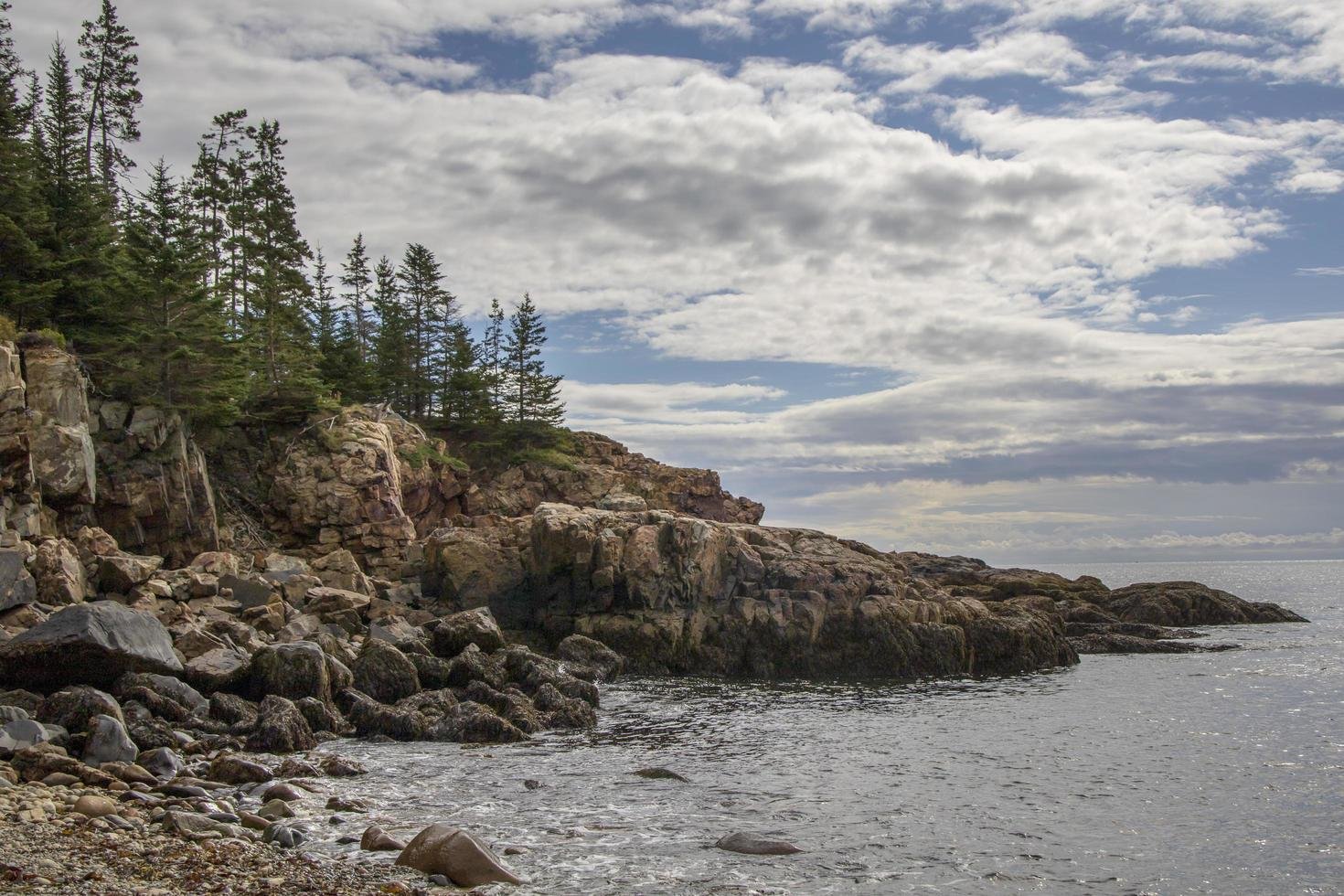
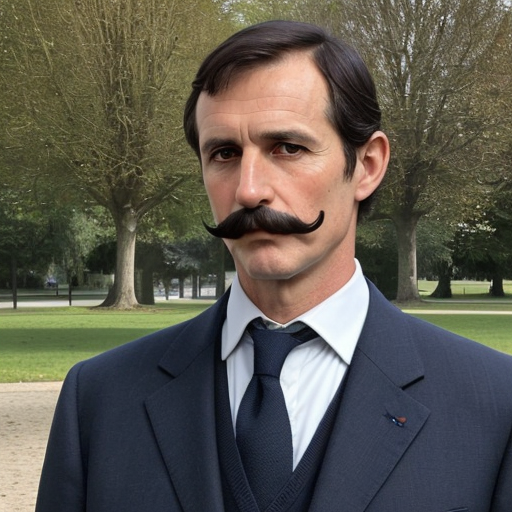

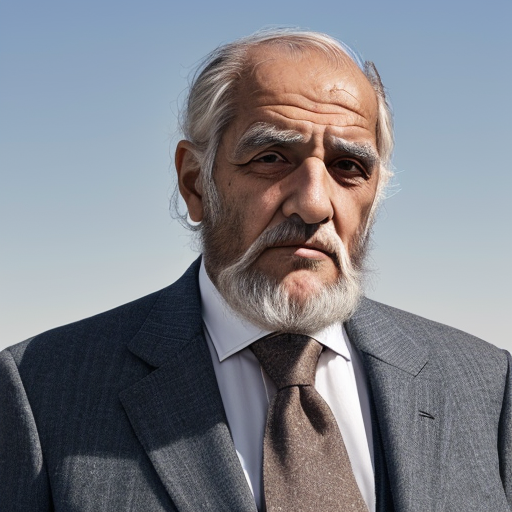
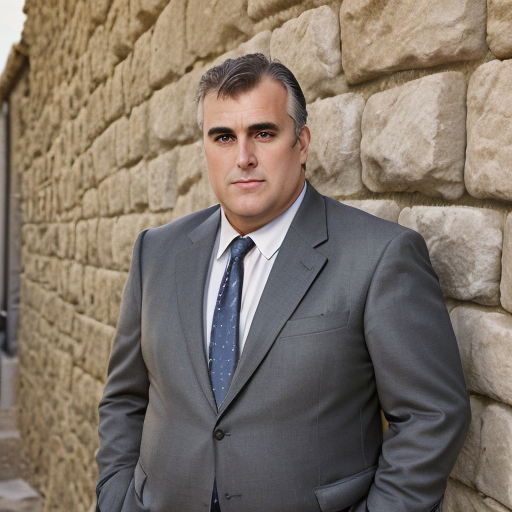




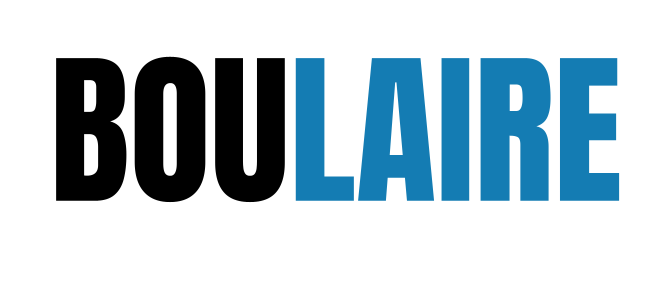

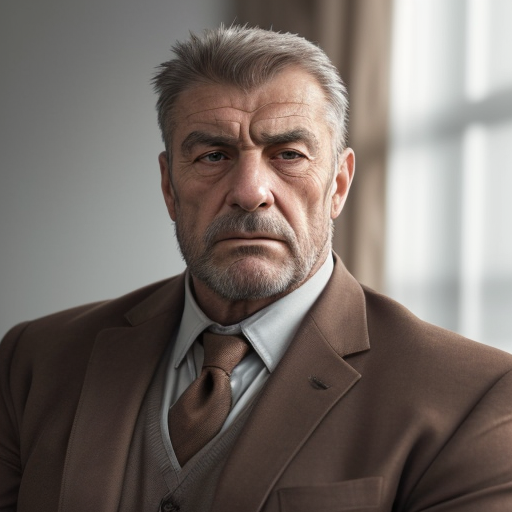
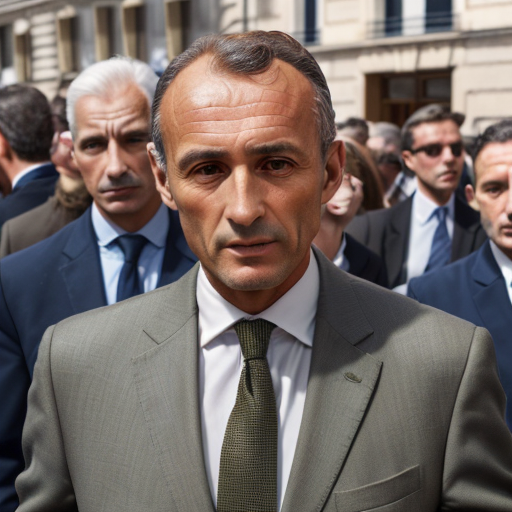


.png.8a80753ac05dafd5884c8ef8ea4fb594.png)
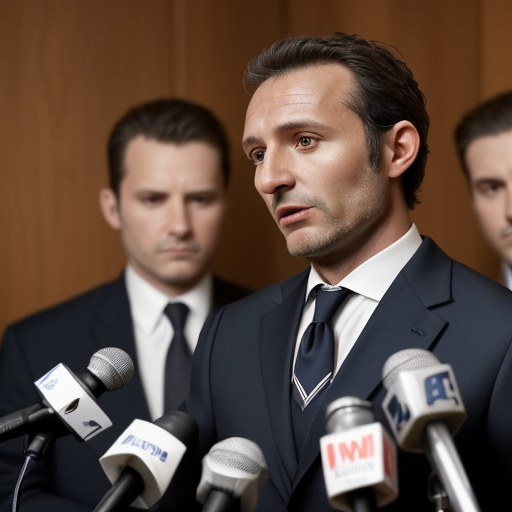
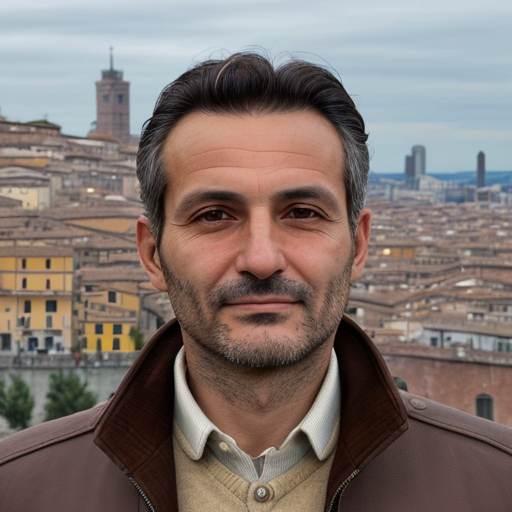
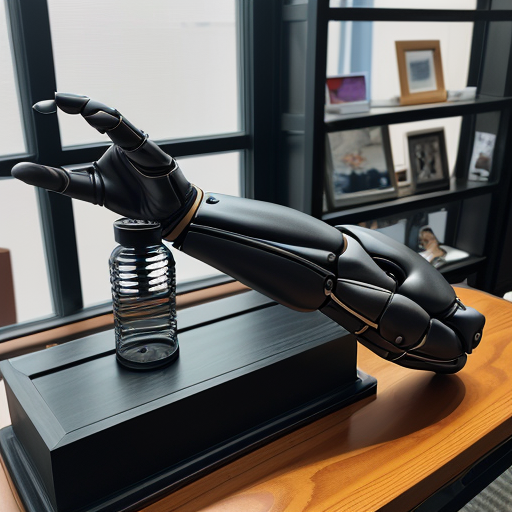
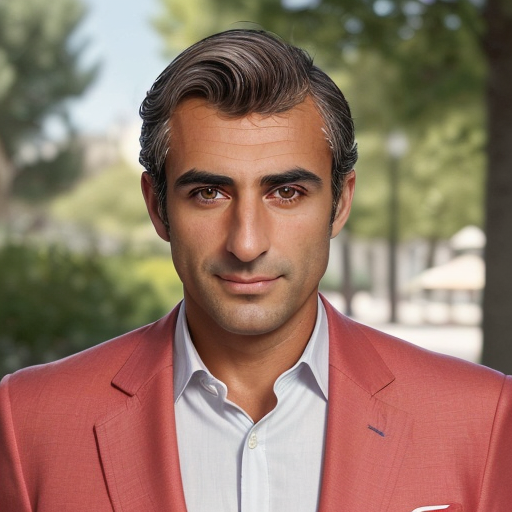
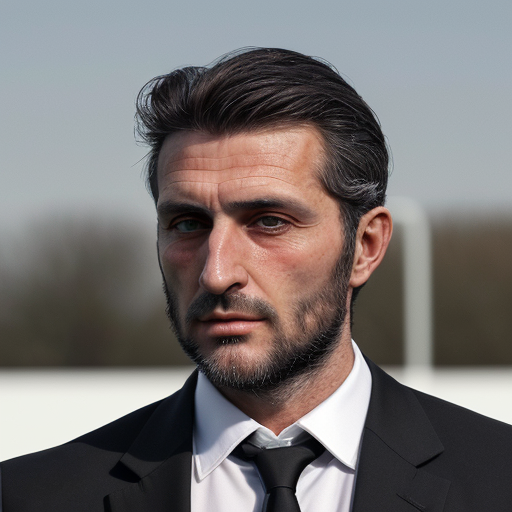

.thumb.png.7f15eb94ec062eb4f42bb01b919c4fc6.png)
.png.e5beef516fa3a88b9e63a7031d9cfa34.png)
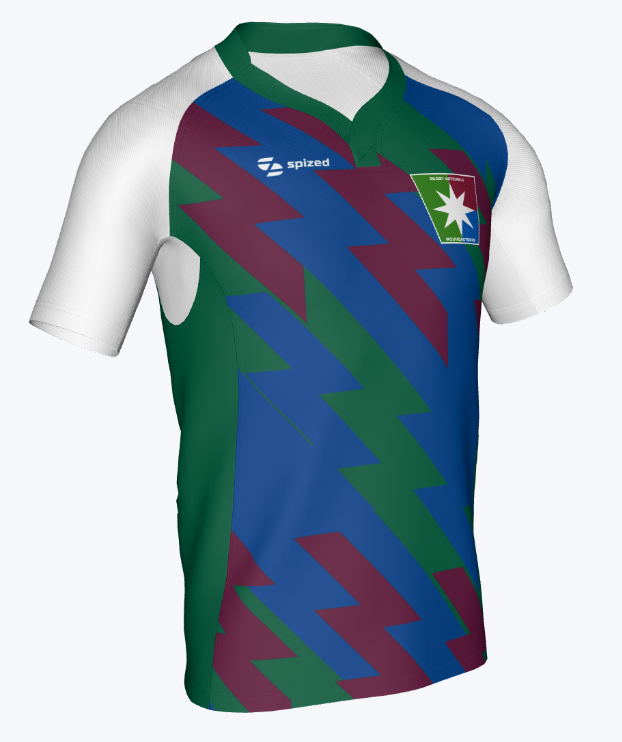



.thumb.png.d9449d8d997a285e861d75caf0a06fd8.png)
.thumb.png.c6b96dea8337295e2221afb27ffd5991.png)


.thumb.png.2e49dfbfb5f0da2e5126bfe73b5aeeb7.png)
.thumb.png.b3278e0d74901ded477e891826f43bc5.png)
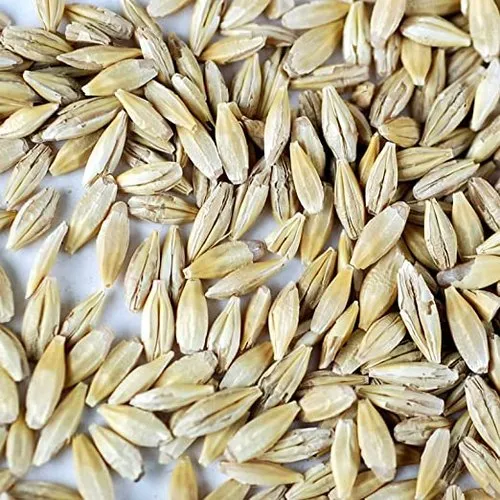











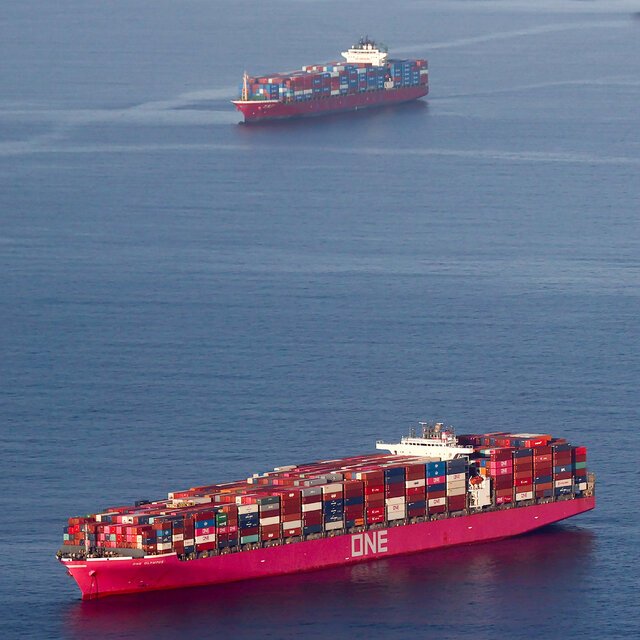

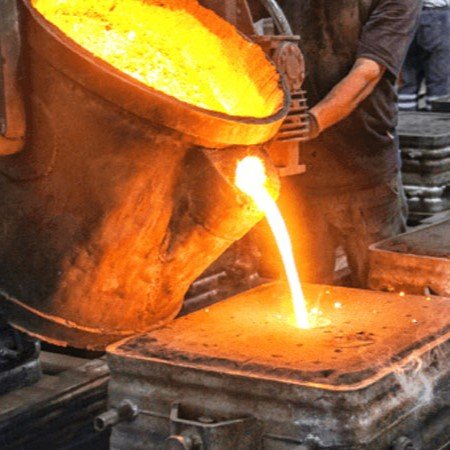
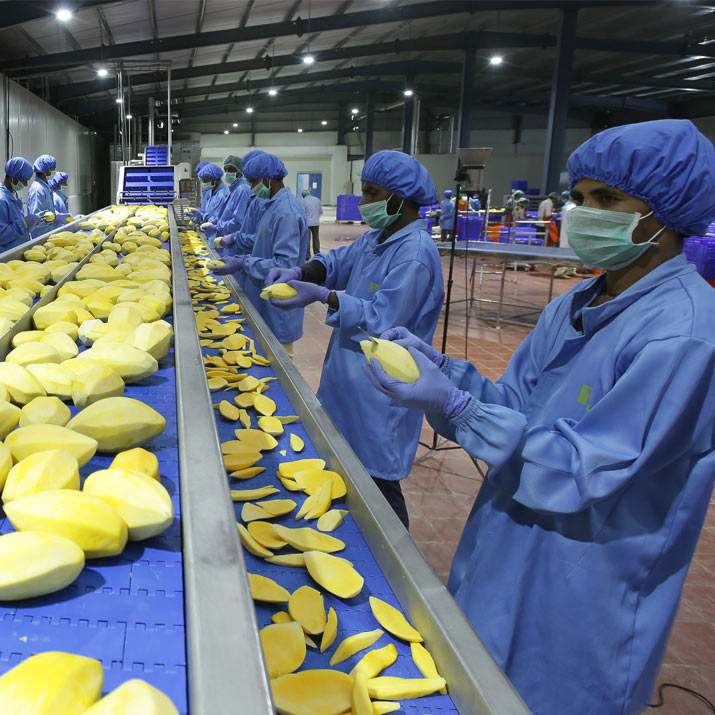

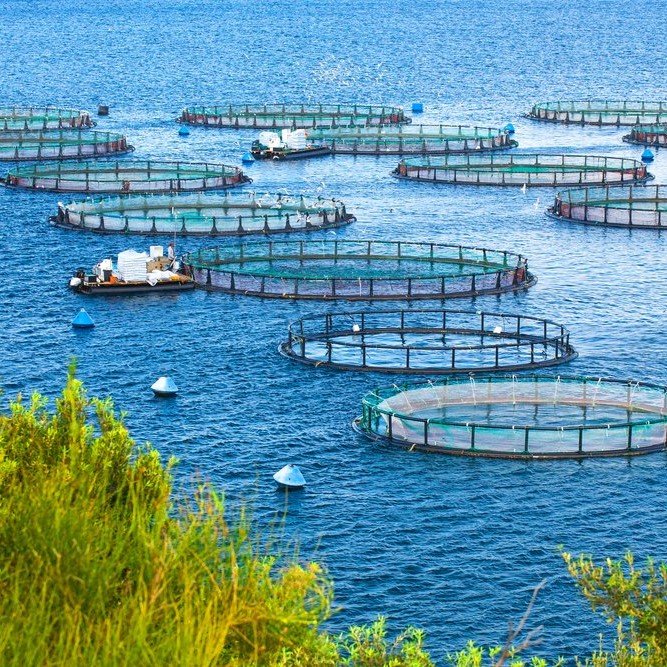


.thumb.png.cd13659e2b5957ceaff48403369658eb.png)
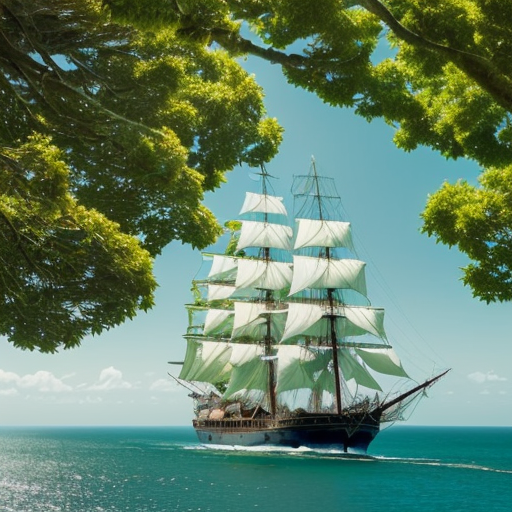


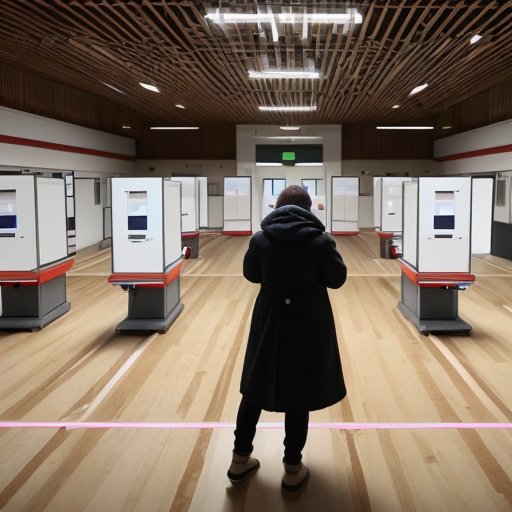
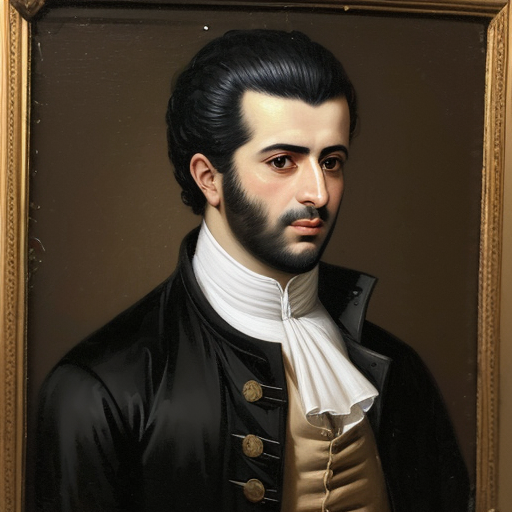
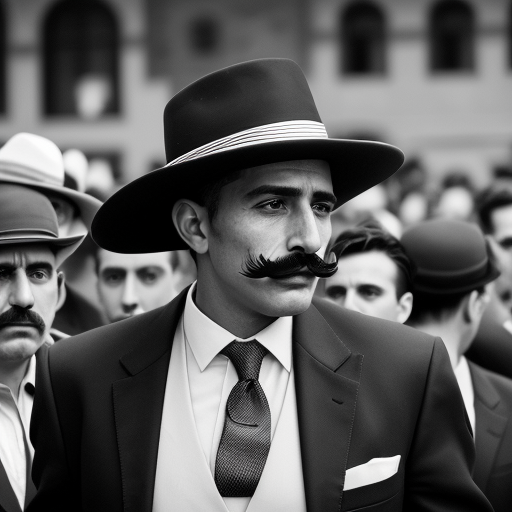


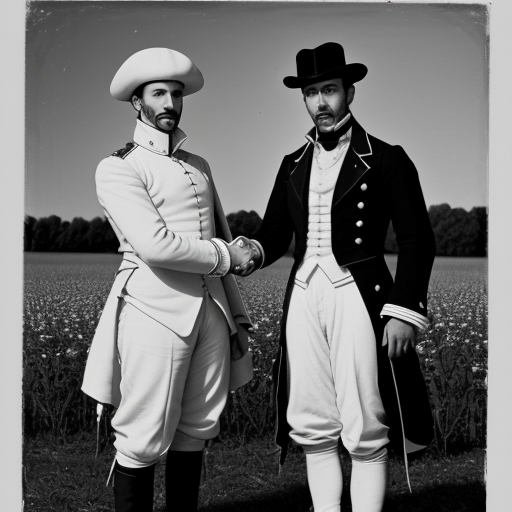
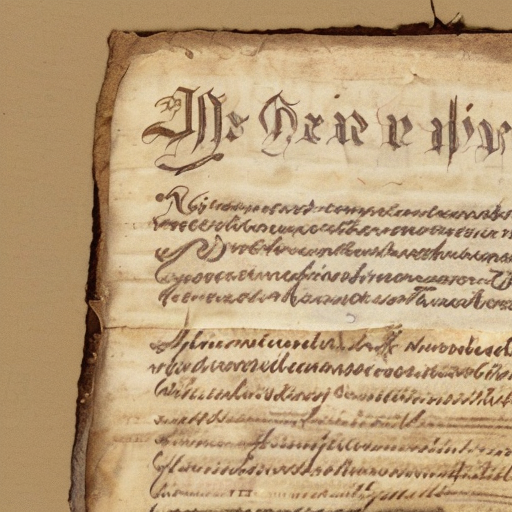
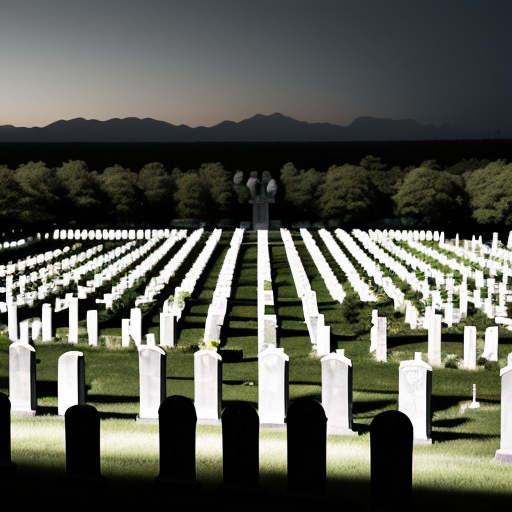



.thumb.png.15128f8b0f3556ddd3ae382e29a84bfd.png)
.thumb.png.5d672b949c5d002f5dcb16b06fb47bad.png)
.thumb.png.636617244e029a6dd3fbb563a46db9e0.png)
.thumb.png.0faa05f4f5a26cabfbf1b8ef61fe21e8.png)
.thumb.png.16607206eacaa9aae42ea7286290d9c4.png)
.thumb.png.c668808ea356776c1fa8526e05fc4c67.png)
.thumb.png.7dd49764d00e4179fe8600ce259c3dc5.png)
.thumb.png.bb0604f3c0ba773b6c7dc15589c0f290.png)
.thumb.png.ba57af05386c37950848b103c2a49296.png)
.png.9840d5c8d2589f8135d0c18aca9b9eb0.png)


.thumb.png.73a8780ca04042edfe9b078969a627d9.png)

.thumb.png.861cb160139630d8e948bb4da0bb3be3.png)



.thumb.png.0f816e5fd327b6b6696077ec95266804.png)
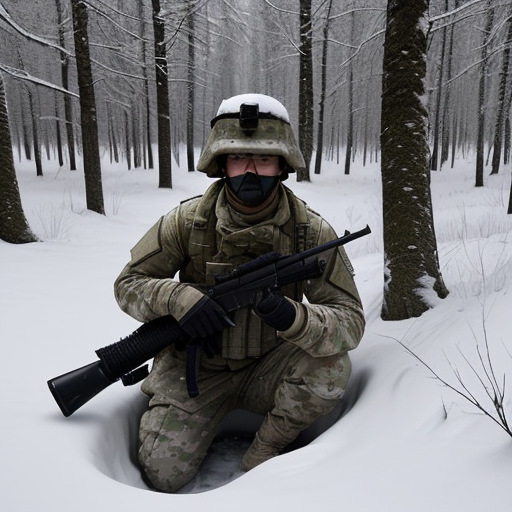
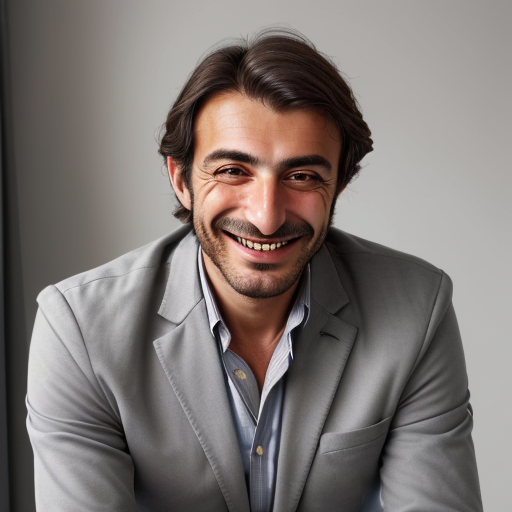



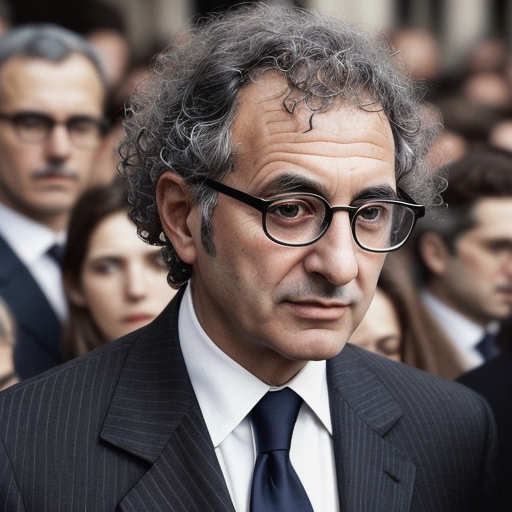
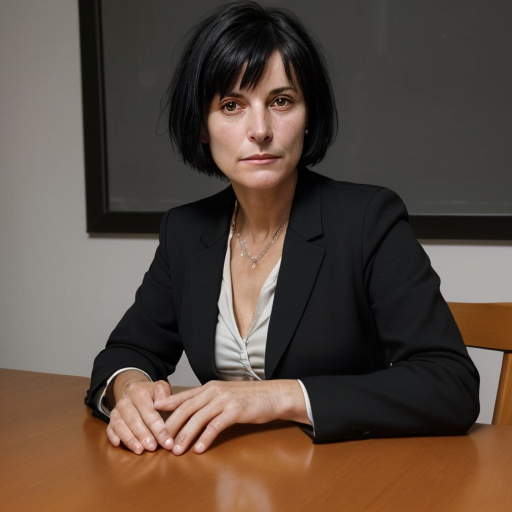
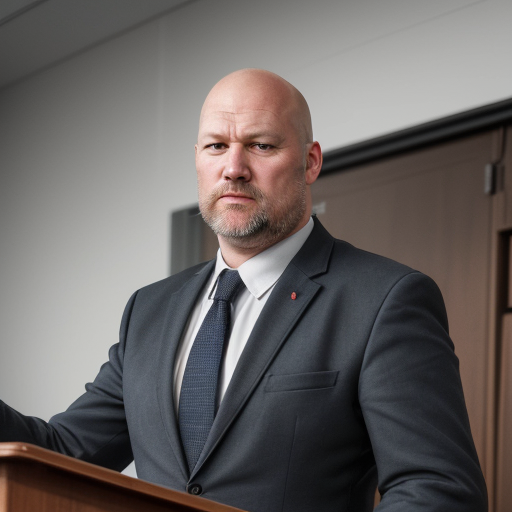
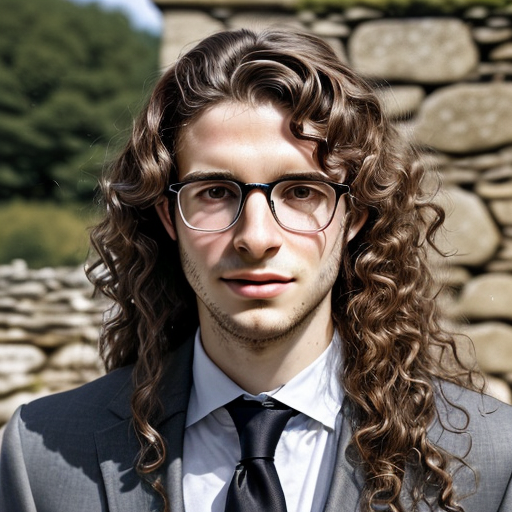
.thumb.png.93a337a5dfdd6e959da60c29c55def7c.png)

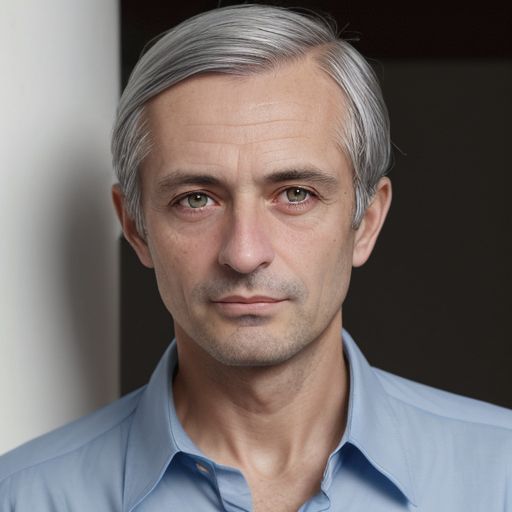
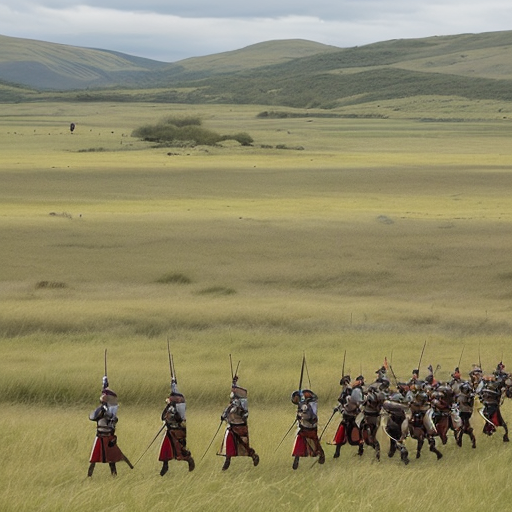



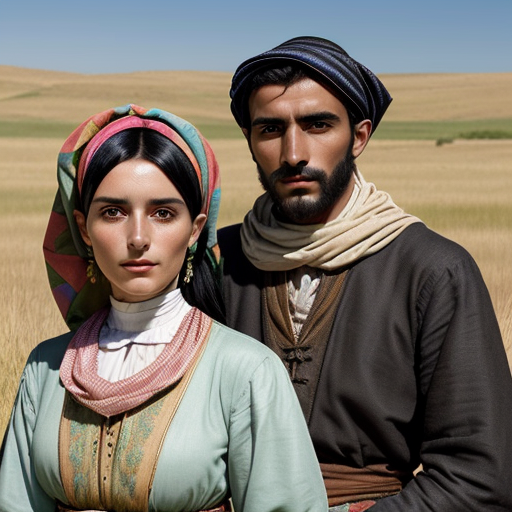

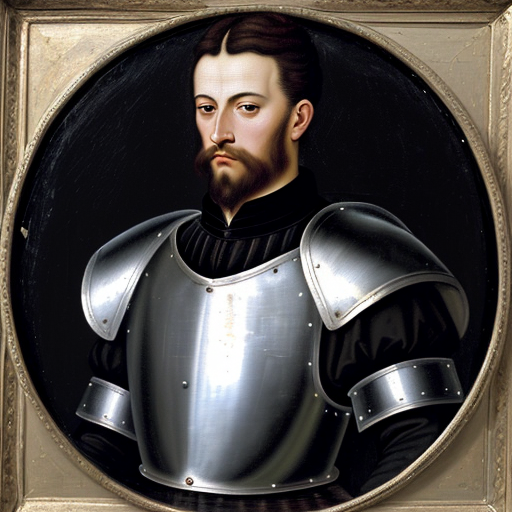



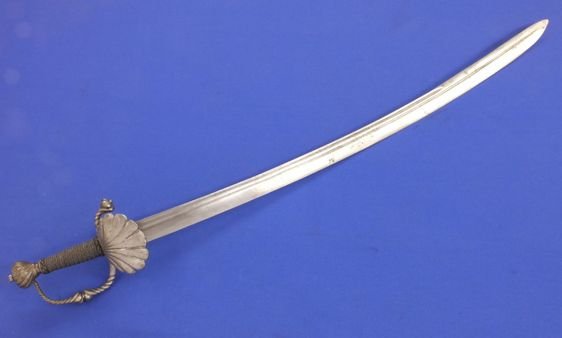
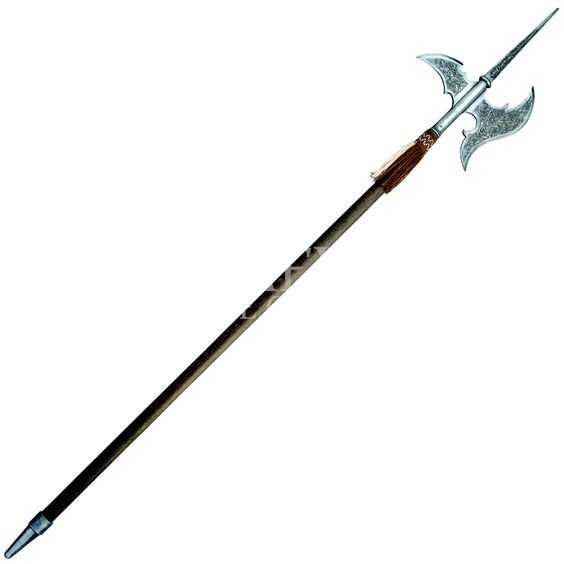
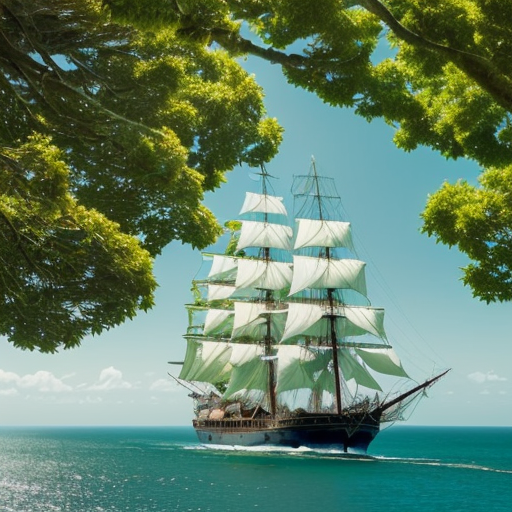
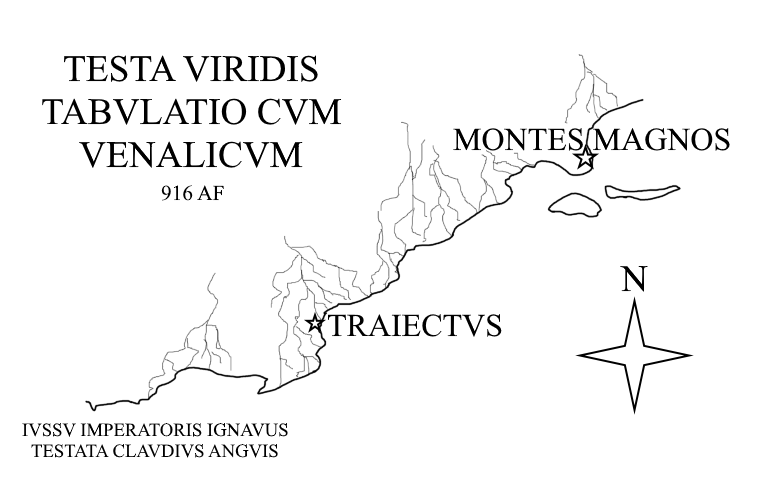
.png.acdde1f798dd493579d63048f2352914.png)

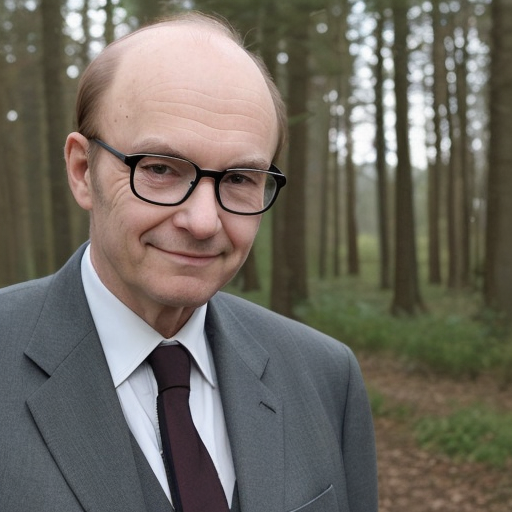
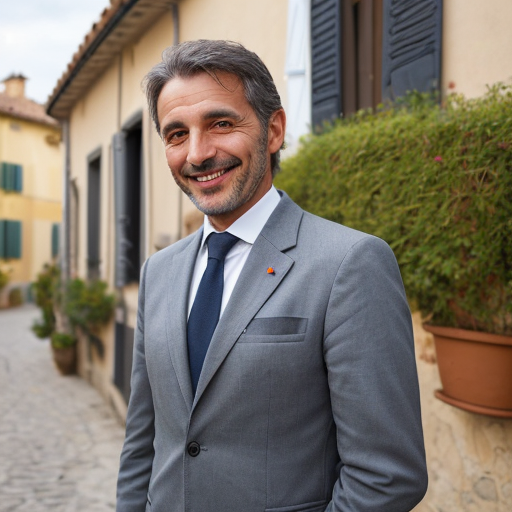
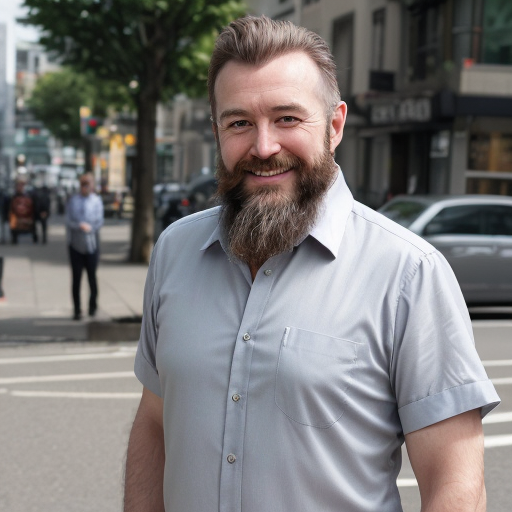
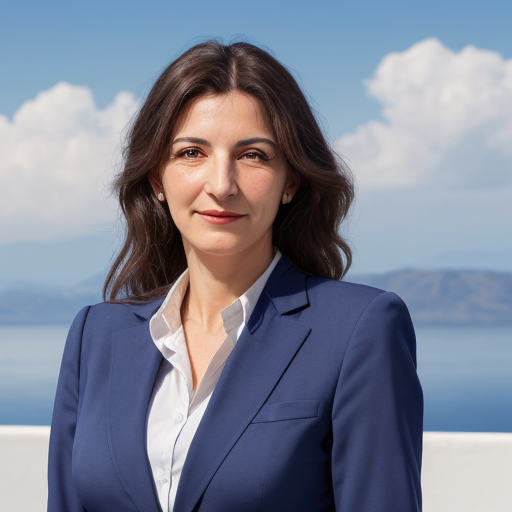
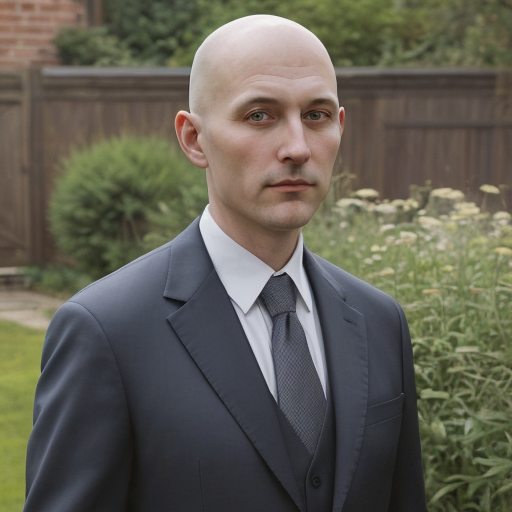

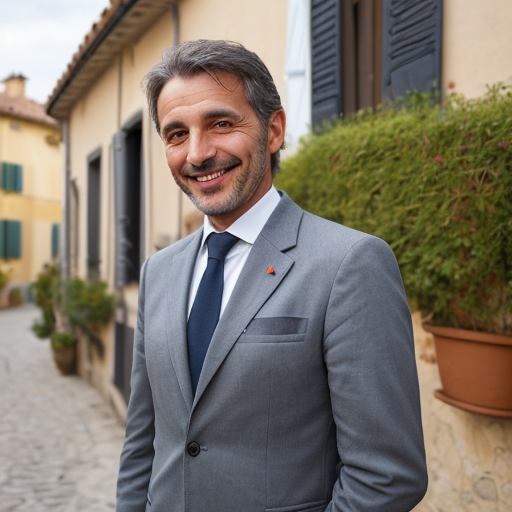
.png.5ac7e6d8464b0dc0243b4c2ebe9211bb.png)